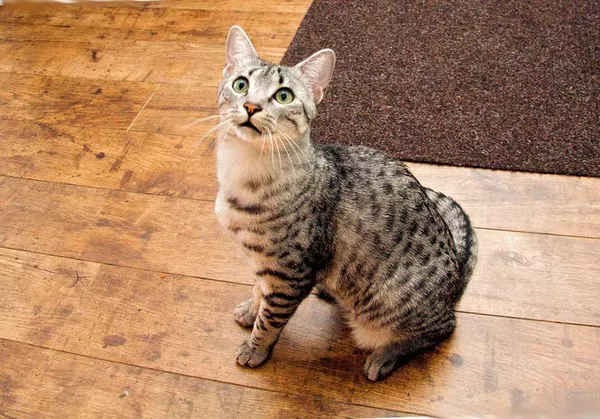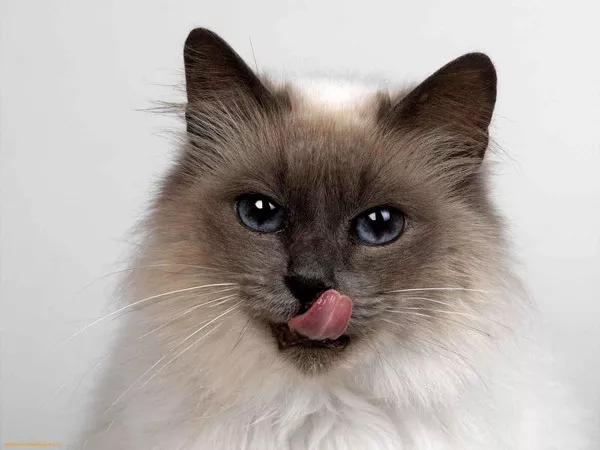The ancient Egyptians left an indelible mark on history with their awe-inspiring monuments, sophisticated civilization, and unique cultural practices. Among their revered beliefs, the worship of cats stands out as a captivating and mysterious aspect. The question “Why did Egyptians worship cats?” opens the door to a realm of fascinating historical and cultural insights. In this article, we will embark on a journey to uncover the reasons behind the profound reverence that ancient Egyptians held for these enigmatic creatures. By delving into the cultural, religious, and symbolic dimensions, we can gain a deeper understanding of the significance of cats in ancient Egypt.
Top 5 Reasons Why Did Egyptians Worship Cats
1. The Sacred Role of Cats in Egyptian Society
Guardians of Granaries
Cats played a vital role in protecting Egypt’s grain storage facilities from rodents, which were a significant threat to the country’s food supply. By keeping the rodent population in check, cats contributed to food security and helped ensure the survival of the Egyptian people.
Pest Control and Agriculture
Beyond granaries, cats also helped control pests in agricultural areas. Their presence in fields and farms reduced the damage caused by pests, making them indispensable to the nation’s agricultural prosperity.
2. Bastet: The Feline Deity
Goddess of Home and Hearth
One of the most prominent reasons for the worship of cats in ancient Egypt was the goddess Bastet (also spelled Bast). She was often depicted as a lioness or a woman with the head of a lioness or domestic cat. Bastet represented home, fertility, and protection.
Guardianship and Motherhood
Bastet was revered for her nurturing and protective qualities. She was seen as a guardian of households and a symbol of motherhood, mirroring the characteristics of domestic cats who cared for their young and defended their territories.
3. Symbolism and Spiritual Beliefs
Divine Connection
Cats were believed to possess a unique spiritual connection, often associated with their graceful and mysterious behavior. The ability of cats to navigate both light and darkness inspired a sense of divine presence and cosmic balance.
Symbol of Good Fortune
Cats’ graceful agility and ability to land on their feet even from great heights earned them a reputation as symbols of luck and good fortune. Their presence in households was thought to bring blessings and positive energy.
4. Embodiment of Grace and Elegance
Aesthetic Beauty
Cats’ elegant movements and sleek appearance captured the imagination of the ancient Egyptians. Their graceful demeanor and striking features made them a symbol of beauty and refinement.
Artistic Inspiration
The allure of cats extended to the realm of art. They were frequently depicted in Egyptian artwork, serving as muses for sculptors, painters, and craftsmen who sought to capture their unique essence.
5. Cats as Companions
Bonds of Friendship
Beyond their practical roles, cats formed close bonds with humans. Their affectionate and playful nature endeared them to the Egyptian people, fostering a deep sense of companionship and mutual respect.
Household Companionship
Cats often became cherished members of households, providing comfort and camaraderie to families. Their presence added warmth and emotional connection to daily life.
See Also: Egyptian Mau: History, Physical Attributes & Temperament
Conclusion
In conclusion, the worship of cats in ancient Egypt was a multifaceted phenomenon rooted in practical, cultural, and spiritual dimensions. Cats served as guardians, protectors, and companions, contributing to the well-being and prosperity of Egyptian society. The goddess Bastet personified their virtues and symbolized essential aspects of life, from fertility to protection. Through their elegant beauty, mysterious behavior, and symbiotic relationship with humans, cats became a source of inspiration and reverence. The worship of cats in ancient Egypt reveals the intricate interplay between practicality, symbolism, and spirituality in shaping cultural beliefs and practices. As we reflect on this captivating aspect of history, we gain a deeper appreciation for the intricate tapestry of human-animal connections and the enduring legacy of ancient civilizations.

























